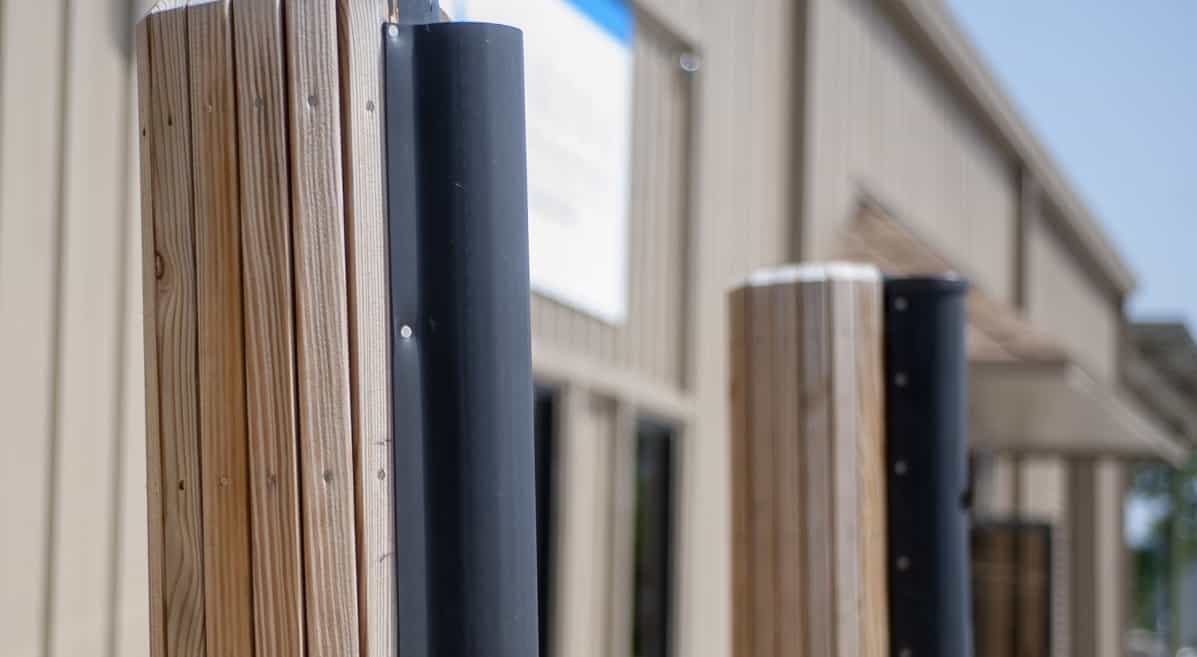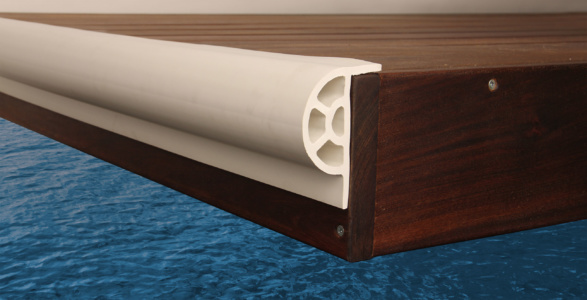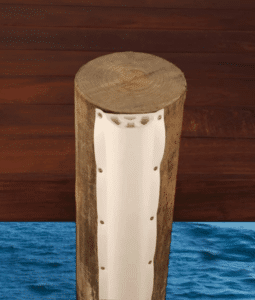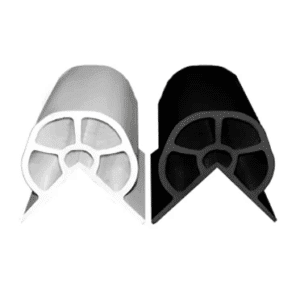
A Beginner’s Guide to Boat Dock Bumpers
Boat dock bumpers are a marine accessory that should not be overlooked. They are an investment that will extend the lifespan of your dock, save your boat from damage, and allow you to cast off with confidence.
What Are Dock Bumpers?
A dock bumper (also called a dock fender) is a shock-absorbing device that can be attached to your dock. Bumpers help to protect boats from damage, whether that damage is caused by cruising into the dock too quickly or inclement weather jostling a vessel at anchor.
While this guide focuses on their marine application, dock bumpers can also be used to protect loading docks from accidental tractor-trailer impacts.
Why Are They Important?
Whether you’re a beginner boater or a seasoned sailor, everyone hits the dock at one point or another. By preparing for the inevitable, you’ll avoid having to pay for expensive boat repairs or worse, embarrassing yourself at a busy marina.
The cost of repairs depends on the vessel, but a hole or gash in a fiberglass boat can cost anywhere from $75 to $400, and larger repairs can easily cost thousands of dollars.
Boat dock bumpers are an affordable way to prevent this type of damage. Available in a variety of sizes and materials, you can create a custom solution that works best for your boat and the location of your dock.

Dock Bumper Materials
The bumper’s protective outer layer can be made out of rubber, foam, vinyl, or PVC. Depending on your needs, a certain material may work better for you than others – the pros and cons of each are listed below.
- PVC: Designed to stand up to any climate, PVC is also made to withstand sea salt, UV rays, and ice.
- Vinyl: Designed to withstand changing climates. Likely will not discolor, and will last many years.
- Foam: While this is one of the cheaper dock bumper options, it is also the one that is least likely to fare well over time. It will succeed in protecting your boat and dock, but may chip or discolor over time.
- Rubber: Recycled rubber tires are low-friction, UV resistant, inexpensive, and can absorb high impacts. Just be careful if you have a fiberglass boat – rubber will scuff the hull.
Choosing the Right Dock Bumpers

First, consider where the most likely impact points will be. If you have a boat slip, you have three points of contact to worry about. The area where your boat could potentially collide with the slip head-on should receive extra cushioning.
You should also determine how big your boat is and the potential impact it could have on a dock. If you have a small motorboat, you could use foam dock siding or corner bumpers. If you have a larger vessel, you may want to consider a more heavy-duty PVC dock siding or piling bumper protection.
Lastly, you’ll want to protect your dock’s corners and pilings. For corners, you can use corner bumpers or mountable dock wheels to ensure a safe docking experience. If your dock has pilings, traditional dock bumpers can be mounted vertically to protect them.

Installation
Installing dock bumpers is simple – most can be installed in 30 minutes or less without any professional help.
- Measure the length of the area where you want to install the bumper. You should also measure the distance between the dock and the water so that you can make sure your bumper won’t be submerged. To install post dock bumpers, measure both the length and the width of the post to ensure a proper fit.
- Every dock is different, so you may need to cut your dock bumpers to the appropriate length. Once in place, mark where the holes should go and predrill.
- Attach the bumpers using stainless steel screws. Stainless steel is a bit more expensive than metal, but it will fare much better in a marine environment.
When Should I Replace my Dock Bumpers?
Between shifting tides and imperfect boaters, your dock bumpers will take quite the beating. Just how long do they last, and when should you replace them?
Quality PVC bumpers can last up to a decade, but materials like rubber and foam may only last a few years before they start to become worn. In any case, it’s better to play it safe and replace your bumpers if you notice any significant dents or cracks.
To get the most out of your investment, look for brands that offer warranties. For example, Fend-All backs all of their boat bumpers with a 3-year warranty.
The Best Bumpers for Stress-free Docking
Don’t let the fear of bumping into your dock keep you from enjoying your boat – give yourself peace of mind by investing in quality dock bumpers and fenders. You can’t predict the next storm or collision, but you can always be ready for it.
The marine experts at Decks & Docks Lumber Co. recommend Fend-All boat bumpers to protect both docks and boats from damage. Made from marine-grade PVC, Fend-All products have a 10+ year life expectancy and are double-walled for higher absorption.
Have questions about protecting your dock? Feel free to contact us or stop by your local Decks & Docks today!
- About the Author
- Latest Posts